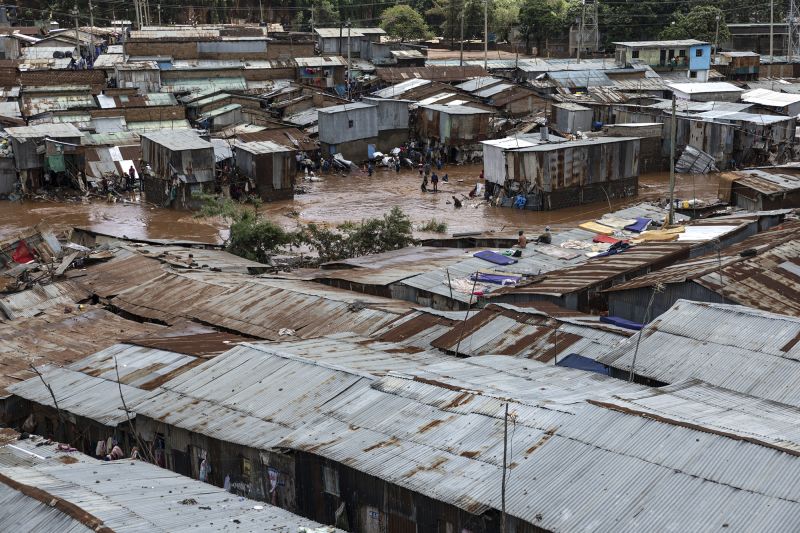Flash floods, an unexpected and powerful force of nature, have recently brought widespread devastation in Tanzania, a coastal country in East Africa. The impact has been so vast that the floods have claimed the life toll of 155 people, marking this as one of the most destructive natural disasters to have affected the region in many years.
Late one night, without warning, skies ripped open over the expansive and usually serene landscapes of Tanzania. Torrential rain began to pour, quickly carpeting the dry land with water that simply had nowhere else to go but to follow the natural contours towards lower ground. This is the astonishing and tragic genesis of a flash flood; a natural disaster as rapid as it is destructive.
The Tanzanian weather system is complex and varies widely; the country experiences two rainy seasons each year. However, this latest downpour significantly exceeded anticipated levels. The excess water quickly started to inundate the land, sweeping violently into villages and towns, wiping away anything that stood in its path. The shock factor, combined with the ill-preparedness of the people for such severe weather, led to this extensive loss of human life.
Many of the victims were sleeping, unaware of the looming disaster, having retired for the night with no expectation of the tragedy that would soon descend upon them. The victims were powerless to escape the torrential waters flooding their homes. The speed of the incident offered people scant seconds to react and escape, leading to the high casualty count.
This catastrophe did not discriminate between rural and urban locations. From the significant city of Dodoma to the smaller, more isolated villages scattered throughout the countryside, the floods’ trail of destruction was widespread and indiscriminate. Whole communities were submerged under water, houses washed away, and infrastructure, such as roads and bridges, were extensively damaged.
Amid these testing times, the Tanzanian government authorities responded commendably, leading rescue operations and evacuation plans. Personnel from the disaster response team, aided by the military and countless brave volunteers, conducted relentless search and rescue efforts. Hundreds of people were rescued from the clutches of the merciless floods, and survivors were provided with temporary shelter in local schools and community centres.
Reports also highlight the immense resilience and spirit of Tanzanian citizens, who despite their own losses, were seen assisting in rescue operations and contributing to aid work. These selfless acts further underline the sense of unity that binds the people of Tanzania in such challenging times.
The aftermath effects still pose a significant challenge. With thousands displaced, the urgent need for food, clean drinking water, and medicine has skyrocketed. Impassable roads and damaged infrastructure further complicate the delivery of these crucial supplies. Restoring normalcy poses a significant challenge for the authorities and aid agencies.
Environmental experts have stepped in to analyze the roots of this disaster. Initial findings suggest that deforestation and improper land management may have compounded the devastating effects of the flood. The elimination of trees and vegetation that usually absorb excess rainwater likely exacerbated the issue, causing the water to flow uncontrollably.
The flash floods in Tanzania bring to light the harsh reality of climate change and the impacts of environmental mismanagement. This devastating event emphasizes the importance of proactive disaster management and environmental preservation strategies. It is a stark reminder of the need for governments worldwide to invest in infrastructural resilience and prepare for the intensifying effects of climate change to prevent such tragedies in the future. As the Tanzanian people begin to recover and rebuild, this catastrophic event in their history will undoubtedly serve as a somber reminder of the power of nature, as well as the importance of preparation and adaptable response mechanisms.




